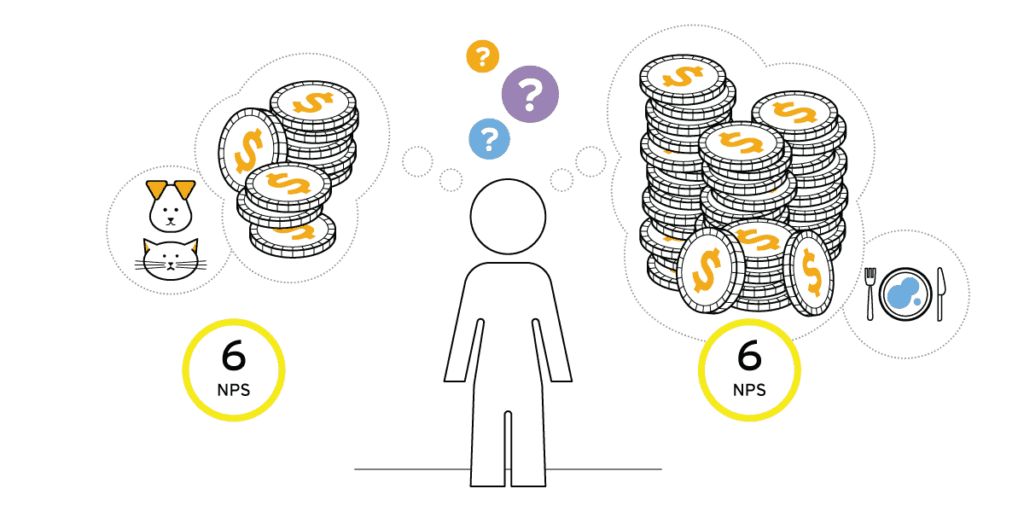Share:
It’s no secret that at Evive, we live for benefits love. But rest assured, we know a successful benefits program needs more than just love.
For your benefits to be truly valuable, they also have to be cost-effective. Those are the benefits that will not only improve the lives of your employees, but will contribute to your company’s overall business success. After all, benefits are not just a substantial expense for your company—they’re a substantial investment. You would never invest in something without seeing what the cost is relative to possible returns, right?
But how do you identify that? Enter the Benefits Value Index (BVI), which taps into the benefits net promoter score (benefits NPS).

A direct line between cost and value
What you get out of a benefit can be measured by our new tool, the BVI. This is a quantifiable way to measure your returns (in other words, how much your employees value a particular type of benefit). It gives a critical metric that provides guidance to benefits managers when deciding which benefits to invest in.
However, you need to draw a clear connection between the value employees place on a benefit category and how those benefits are going to contribute to business success. In order to draw that line, you need to apply a crucial part of the equation: the cost of those benefits.
Looking at your benefits relative to their cost is crucial to seeing the value they bring not just to employees, but to the company as a whole.
Shine a light on cost and improve recruitment/retention
If a benefits category has a low NPS score, looking at its overall cost can help you objectively determine if a benefit in that category is worth keeping. Perks + Discounts, for example, may have a relatively low score as a benefits category, but in looking at the cost, you see those types of benefits are also less expensive to offer and help satisfy a particular cohort of candidates you want to recruit.
On the other hand, if a benefits category is low-scoring and you see it comes at a high cost to your company, you have another objective metric to help decide whether it’s time to discontinue some of those offerings. You might also learn about details that you didn’t even recognize before, like a high-cost benefits category that one larger business unit really values, while a smaller one doesn’t. However, if you need to work harder to retain people in that larger division, that offering may be worth the continued investment (not to mention, it could be targeted specifically to the people who desire it).

A more powerful metric
When you examine the cost of benefits as it directly relates to value, you have the data you need to design (or redesign) your benefits offerings. That is, benefits your employees love and that are cost-effective for your company.
The result? Better recruitment, better retention, satisfied employees—and ultimately a benefits program that maximizes its financial resources for the business.
What’s not to love about that?






